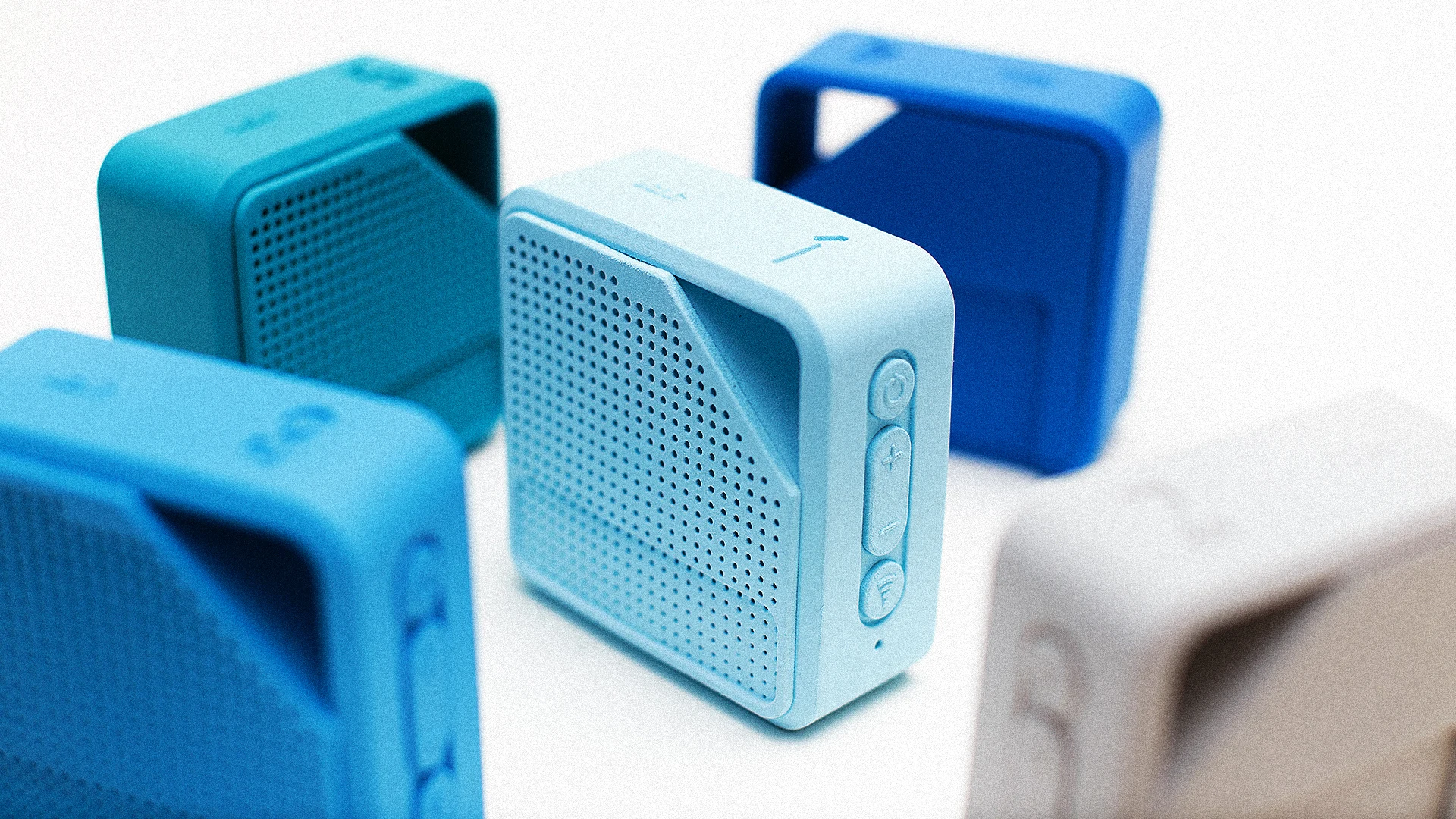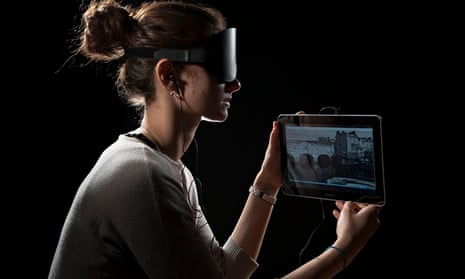Voice-Activated Assistive Devices: Empowering the Visually Impaired
Wiki Article
Enhancing Lives With Advanced Assistive Instruments for the Blind
The integration of innovative assistive tools for the blind is changing just how people experience their surroundings and interact with their areas. What does this evolution suggest for the future of assistive modern technology and its duty in encouraging people?Review of Assistive Instruments
Assistive gadgets for the blind incorporate a diverse variety of devices and technologies made to boost independence and boost the lifestyle for people with aesthetic problems. These tools cater to different needs, from navigating and flexibility to communication and everyday task management.Among the main classifications of assistive devices consists of wheelchair aids, such as white walking canes and overview canines, which help users navigate their surroundings safely. Digital traveling aids, geared up with sensing units and audio feedback, additionally play a substantial function in movement improvement.
In addition, devices that help with everyday living activities, such as adaptive cooking area tools, Braille labels, and chatting watches, equip people to execute jobs independently. Communication aids, consisting of screen viewers and Braille screens, assist in access to details and allow people to involve successfully with the digital world.
Furthermore, low-tech options like multiplying glasses and large-print materials continue to be vital for numerous individuals. Collectively, these assistive devices serve not just as practical devices however also as crucial enablers of autonomy, cultivating higher involvement in a world that usually focuses on sighted experiences. Their combination into every day life is necessary for advertising inclusivity and improving general health for those with visual disabilities.
Innovative Technologies in operation
Development in modern technology has actually dramatically changed the landscape of devices readily available for individuals with aesthetic disabilities. Among one of the most remarkable advancements are smart glasses incorporated with increased fact, which provide real-time navigating help and object recognition. These devices leverage advanced video cameras and artificial knowledge to deliver acoustic hints, boosting the customer's spatial recognition and autonomy.Additionally, mobile applications have become powerful resources, allowing customers to determine money, reviewed message aloud, and browse unfamiliar environments through spoken directions. Tools such as Braille screens and refreshable Braille devices remain to progress, using smooth connection with mobile phones and computer systems, thereby boosting interaction and accessibility to info.
Wearable innovation, including smartwatches outfitted with voice-activated features, further equips individuals by promoting fast access to notices and signals without calling for aesthetic engagement. Responsive maps and 3D printing are also gaining traction, using substantial depictions of areas that aid in orientation and mobility training.
Jointly, these cutting-edge modern technologies not only boost the day-to-days live of aesthetically damaged people however also foster greater freedom, inclusivity, and involvement with the broader area, consequently improving perceptions of availability. (OCR devices for the blind)
Personal Stories of Empowerment
Empowerment often arises from personal experiences that highlight the transformative impact of technology on individuals with aesthetic disabilities. Take, as an example, the tale of Sarah, a young musician who regained her passion for painting through the usage of a smart walking cane outfitted with obstacle detection. This gadget not only facilitated her mobility but instilled a newfound self-confidence, allowing her to navigate public spaces separately and pursue her imaginative undertakings.
These stories underscore the extensive impacts that progressed assistive tools can carry life. By making it possible for individuals to get over obstacles, innovation cultivates a feeling of freedom and self-worth. Such empowerment stories offer as a testimony to the potential of development, showing exactly how the right devices can dramatically boost lifestyle and open doors to brand-new possibilities for those with visual problems.
Advantages of Advanced Solutions
Exactly how can advanced options essentially enhance the lives of people with aesthetic disabilities? The combination of cutting-edge innovation right into assistive gadgets significantly changes daily experiences for those influenced by vision loss. These sophisticated services offer extraordinary freedom, enabling customers to browse their atmospheres with self-confidence. Instruments such as clever walking canes geared up with sensing units, navigation applications, and wearable technology are created to supply real-time responses, enhancing spatial understanding and decreasing the risks related to mobility.
Additionally, advanced assistive technologies cultivate social inclusion by promoting communication and communication. Voice-activated gadgets and apps enable individuals to access details and engage with their surroundings separately, breaking obstacles that previously prevented their engagement in academic, specialist, and social settings.
On top of that, the customization and flexibility of these options satisfy the varied needs of customers, therefore enhancing their total lifestyle. Boosted capability, such as object recognition and text-to-speech capabilities, equips people with aesthetic problems to execute tasks that they might have as soon as found testing. Ultimately, advanced assistive innovations not only improve independence and safety yet also advertise dignity and self-regard, permitting individuals to lead fulfilling lives.
Future Patterns in Assistive Tech
As innovation proceeds to advance, the landscape of assistive gadgets for the blind is poised for amazing innovations that will further improve access and self-reliance. Emerging patterns in assistive innovation indicate a change toward boosted assimilation of man-made intelligence (AI) and equipment knowing, enabling devices to adjust to specific customer needs in real-time. These technologies are expected to facilitate more instinctive navigation systems that can recognize challenges and offer audio feedback, substantially improving outdoor mobility.In addition, the advancement of wearable technology, such as clever glasses furnished with increased reality, will allow individuals to receive contextual info concerning their environments, therefore enhancing their spatial awareness. Moreover, innovations in haptic modern technology pledge to develop tactile feedback gadgets, allowing users to view details with touch, boosting discovering and interaction with their atmosphere.
Telecommunication breakthroughs are additionally leading the means for remote aid options, where experienced specialists can offer advice via video telephone calls, making certain support is conveniently accessible. As these trends unfold, the future of assistive tools for the blind will unquestionably promote greater autonomy, encouraging people to navigate their world with self-confidence and simplicity.

Final Thought
The assimilation of advanced assistive tools for the blind stands for a significant improvement in promoting independence and enhancing lifestyle. By utilizing innovative Voice-activated assistive devices innovations, these devices equip customers to browse their atmospheres with greater self-confidence and autonomy. As the area continues to progress, recurring research study and development will likely produce much more advanced services, even more changing the lived experiences of individuals with aesthetic impairments and promoting a higher feeling of inclusion within society.
The integration of advanced assistive gadgets for the blind is changing exactly how people experience their environments and connect with their communities. The combination of innovative modern technology into assistive gadgets dramatically changes day-to-day experiences for those influenced by vision loss.As innovation proceeds to advance, the landscape of assistive devices for the blind is poised for amazing innovations that will even more boost access and self-reliance. Arising patterns in assistive innovation suggest a change toward boosted integration of artificial intelligence (AI) and equipment discovering, allowing tools to adapt to private customer requires in real-time.The combination of innovative assistive tools for the blind represents a significant innovation in fostering self-reliance and enhancing high quality of life.
Report this wiki page